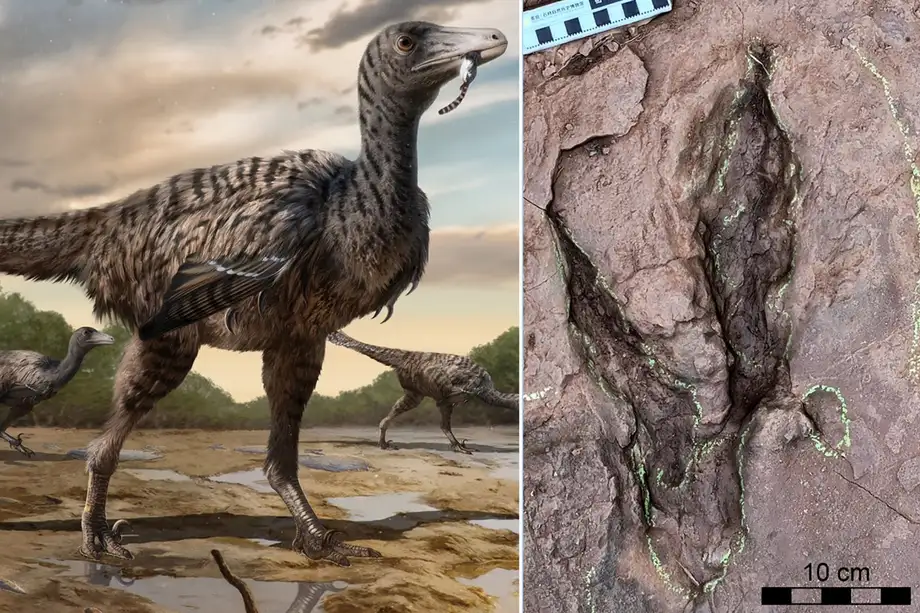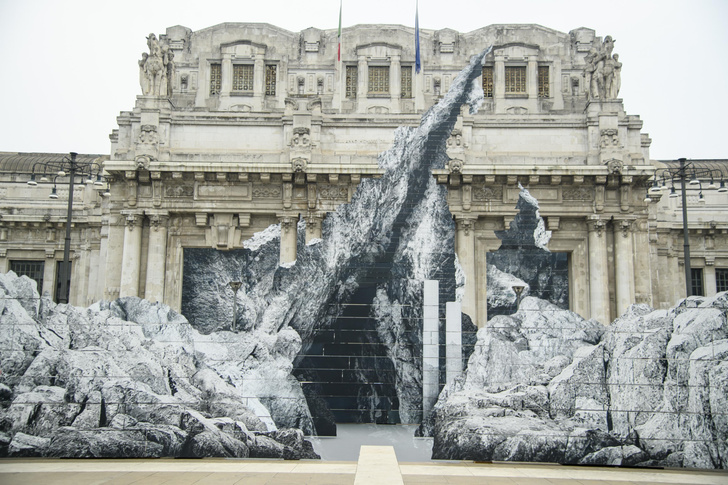Harry Potter Book Cover Art Expected to Break Auction Record
J.K. Rowling’s novel “Harry Potter and the Philosopher’s Stone,” published in 1997, marked the genesis of a global phenomenon. Now, the original illustration for the first edition of the book is set to be auctioned.
Expected to fetch up to $600,000 at Sotheby’s auction next month, it holds the highest presale valuation ever for a Harry Potter-related item, as reported by the auction house.
The cover art, a watercolor creation by author and illustrator Thomas Taylor, depicts the iconic image of Harry Potter, complete with his distinctive features of dark, tousled hair, round glasses, and lightning bolt scar, preparing to embark on his journey to Hogwarts School of Witchcraft and Wizardry aboard the Hogwarts Express.
Originally auctioned at Sotheby’s in London in 2001, the illustration fetched a staggering £85,750 (approximately $106,000), surpassing its estimated value by four times, according to a Sotheby’s press release.
Now, over two decades later, it returns to auction with the potential to not only surpass its previous sale value but also set a new record for any Harry Potter-related item, the auction house notes.
The current record for an item related to the book series stands at $421,000, held by an unsigned first edition of “Harry Potter and the Philosopher’s Stone,” sold at Heritage Auctions in Dallas, Texas, in 2021, according to Sotheby’s.
The illustration will be up for auction on June 26 at Sotheby’s in New York, alongside other works of English and American Literature.




